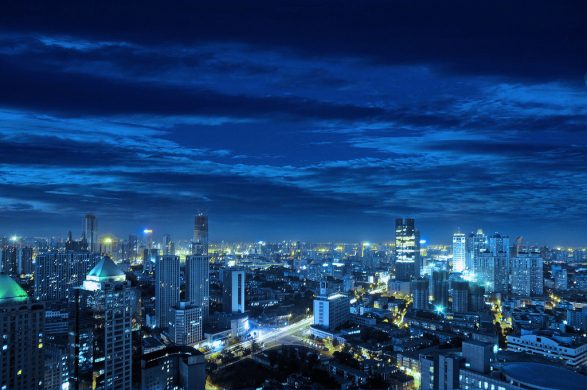(World Economic Forum): By 2030, Chinese cities will be home to more than 1 billion people – or up to 70% of the population.
This rapid pace of urbanization has required some innovative plans in China. Local, regional and national policy-makers and planners are working to ensure the long-term sustainability of the country’s cities.
This is a look at some of the mind-boggling statistics coming from China’s urban world.
Megacities
Driven by migration to cities, China’s urban population has increased by 500 million people in the past three decades – described by the Economist as “the biggest movement of humanity the planet has seen in such a short time”.
This has created cities that aren’t just large, they’re mega-sized.
More than 100 Chinese cities have a population of over 1 million people. For comparison, as of July 1 2015, just 10 US cities were home to more than 1 million people.
Then there are the megacities. Here the population, including satellite towns, exceeds 10 million. There are six such cities in China, according to the United Nations: Shanghai, Beijing, Chongqing, Guangzhou, Tianjin and Shenzhen. However, a 2015 OECD report puts this figure much higher, if you base it on functional urban areas, as opposed to administrative borders.















